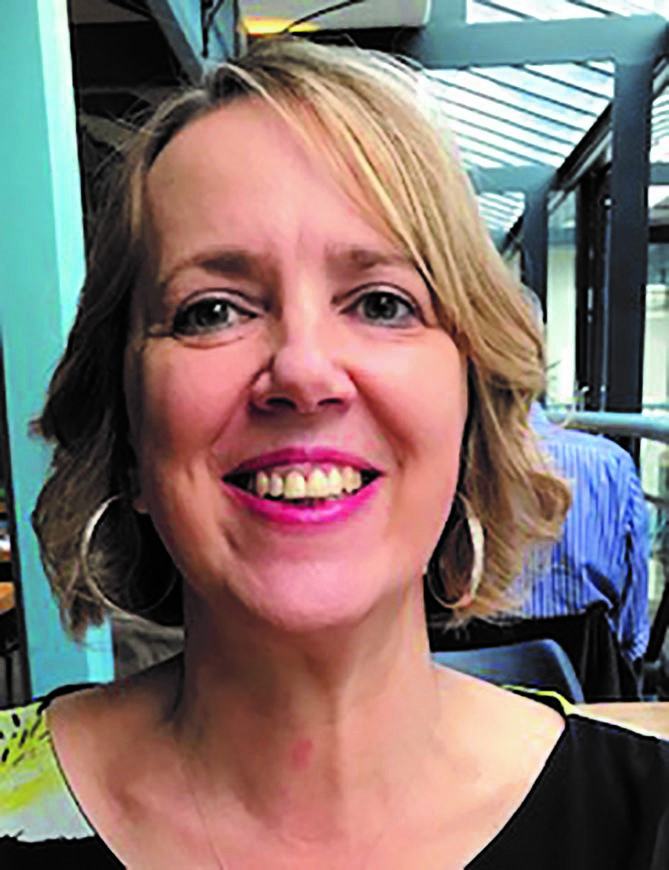Resources
18 August 2022
Bowel Cancer UK is the UK’s leading bowel cancer charity, determined to save lives and improve the quality of life of everyone affected by bowel cancer. Its vision is a future where nobody dies of the disease.
08 August 2022
Faecal incontinence has a huge impact on patient quality of life. Despite this, it can take many years for patients to open up and admit to friends, relatives or healthcare professionals that they are suffering. This article reviews the latest research and highlights the need for sensitive and supportive consultations with this patient group.
22 July 2022
During the pandemic, urgent referrals for suspected urological cancer in England dropped by 56,000 from April 2020 to December 2021, resulting in approximately 13,500 fewer men in England starting treatment for prostate cancer compared to the same period in 2019. In this article, Prostate Cancer UK explains why this is a worrying statistic.
18 July 2022
Childhood continence problems are common. One in 12 children are affected by a bowel or bladder problem: that’s around three children in every primary school class. Here, Jackie Fuidge discusses what ERIC, the Children’s Bowel & Bladder Charity, has to offer.
06 July 2022
clinical nurse specialist for bladder and bowel; chair, RCN Bladder & Bowel Forum; Queen’s Nurse
28 June 2022
Eighty percent of men diagnosed with prostate cancer will end up with erectile dysfunction after treatment (Downing et al, 2019). Yet, talking about sex, treating erectile dysfunction, and meeting the man’s needs after treatment is often lower down on the healthcare professional’s agenda. Prostate Cancer UK found that sex and erectile dysfunction is the biggest unmet need for men with prostate cancer.
09 June 2022
Covid-19 has rapidly altered service provision and specialist professionals working across different geographical areas have not yet had sufficient opportunity to come together in person and process what these changes mean for their practice and patients. This upheaval has, of course, affected everyone whose work touches on bladder and bowel issues.
23 May 2022
This article, the second in a two-part series, discusses conservative treatments for urinary incontinence and pelvic organ prolapse, which should be considered as first-line options where possible.








